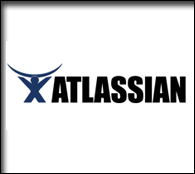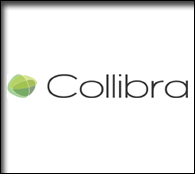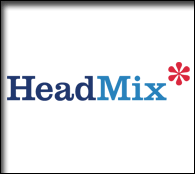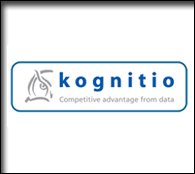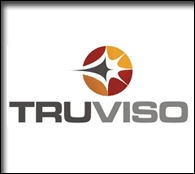Avoiding the innovator’s dilemma
by Eric Norlin on Nov.25, 2008, under conference topics, defrag "theory"
One of the weird parts of my “job” is to look beyond what attendees say they want to hear more about, and give them things that I think they *should* hear more about (i.e., to provide them with stuff they haven’t thought of yet). Call it the “innovator’s dilemma” for conference organizers. Too often, conference organizers give very little “analytical” thought to the space that their conference exists in, and too much weight to what attendees say they want. Granted, it’s a fine line (I’m not saying “don’t listen to your customers”), but it’s one that a good conference organizer should spend some time on.
That’s what my November-December is about re: Defrag. Take the time to absorb the immediate conference feedback, then think through the whole experience. Finally, once you’ve gained some separation, think about the biggest of big picture stuff and figure out what you need to bring to the table that people *aren’t* asking for. Getting caught giving them simply what they want can only result in a downward spiral for content. You must give them what they need that they don’t know about yet.
Of course, failures will occur. I’m not a world-class prognosticator. But I do get a pretty interesting overall view of things. One that even analysts can often miss, as they’re dragged in different directions by “customers” and vendors - and what I’m talking about (ideally) is off the map for both of those categories.
All of that said, two big pieces have really fallen into place for me in the last few weeks; two pieces that I know we need to get to Defrag 2009 in a substantive way: 1) data visualization; and 2) how a changing “interface” can impact the ways in which we interact with data. Let me briefly address each separately.Â
1) Data Visualization: we had some of this stuff at the first defrag, and I really enjoyed it. My sense is that all of us get so caught up in the “word-driven” applications that we forget the rich gold mine of insight that can be gained through good data visualization. I’m not well-versed in this space, but I’m gonna start digging. We need to start dragging visualizations into all of this semantic, enterprise 2.0, collaborative, social media stuff (and I don’t mean simply video).
2) Changing Interfaces: by this I mean stuff like Oblong and Microsoft surface.  It may seem that these new technologies aren’t all that related to defraggy stuff, but just like data visualization, I think that couldn’t be farther from true. HOW we interact with information and data simply will affect what we gain from it. Accordingly, I think we need to get the teams around these technologies talking with the enterprise 2.0, collaboration and semantic vendors of the world. Sure, textual stuff isn’t going away, but in ten years we won’t simply be using a keyboard and mouse either.Â
So, while I’m definitely listening hard to the feedback that’s calling for more content around collective intelligence, online collaboration, enterprise 2.0, social media and semantic applications, I know that we must bring areas like data visualization and the changing interface to bear on the larger topics of defrag as well. Stay tuned - it’s gonna get interesting-er. ;-)Â
